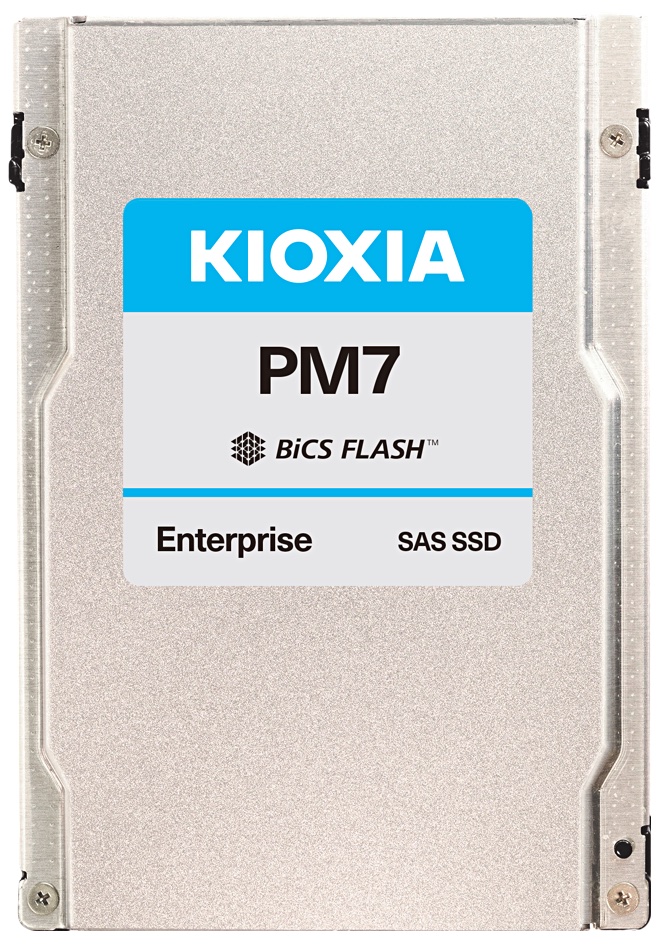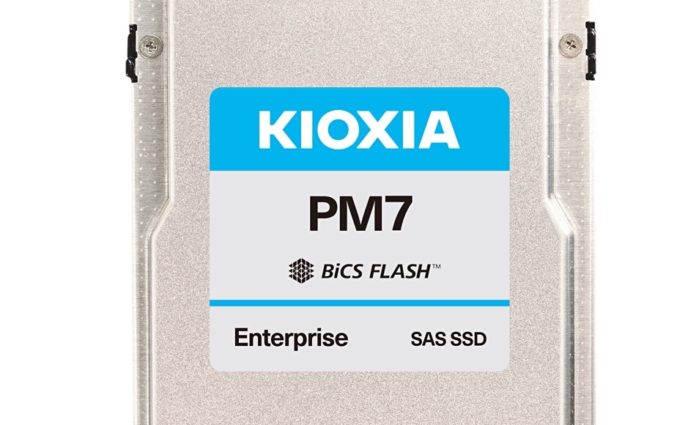Kioxia has announced its PM7 SAS SSD product set, updating the prior PM6 with more speed and junking the write-intensive variant.

The PM6 landed in June 2020 as a 24Gbit/s SAS drive in write-intensive, mixed use, and read-intensive variants with 10, 3, and 1 drive writes per day (DWPD) endurance respectively. Capacities ranged from 400GB to 30.72TB. The drives could be dual-ported and had a good set of security features.
Neville Ichhaporia, VP for SSD marketing and product management at Kioxia America, said in a statement today: “Our SSD portfolio for the data centre is the broadest in the industry, and the addition of the PM7 Series is more proof of our commitment to drive innovation and development of the widely deployed and trusted SAS interface.”
The innovation claim rests on a switch from the PM6’s 96-layer BiCS4 3D NAND technology to BiCS5 and its 112-layer design. The TLC (3bits/cell) format is retained and the product line is simplified by getting rid of the write-intensive version, and deleting the 400GB, 800GB, and 960GB capacity options. The top capacity remains the same at 30.72TB. Maximum IOPS speeds have gone up around 20 per cent as a look at a table comparing read and write speeds and capacities for the PM6 and PM7 demonstrates:

However, maximum sequential read and writes speeds have improved only slightly; 1.2 per cent for reads and 10.8 per cent for writes. But it’s better than nothing and the more substantial IOPS increases will be welcomed.
The PM7 security options include sanitise instant erase (SIE), TCG Enterprise self-encrypting drive (SED), and FIPS 140-2 certification. It’s currently under test for FIPS 140-3. The PM7 drive has Flash Die Failure Protection, which Kioxia says allows for transparent disabling of a failing flash chip, while maintaining full reliability at the SSD level, but obviously reducing capacity.
There is a 48Gbits/s SAS roadmap so there is headroom there, along with BiCS6 162-layer technology, for a subsequent PM8 product version, assuming PCIe connectivity doesn’t kill the SAS SSD connectivity business.








